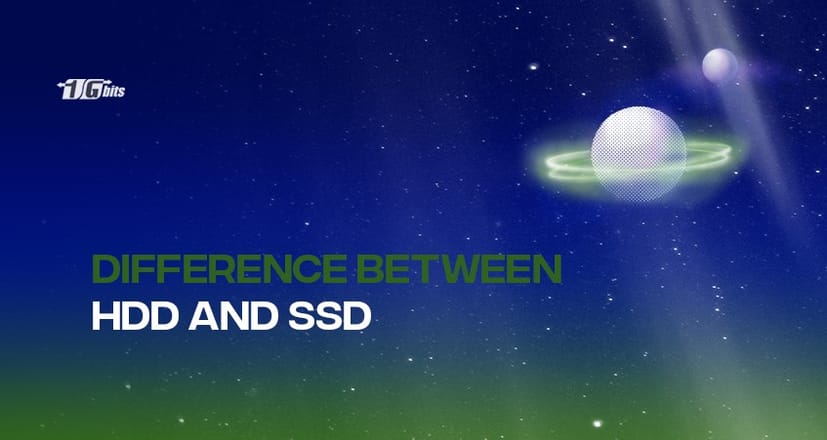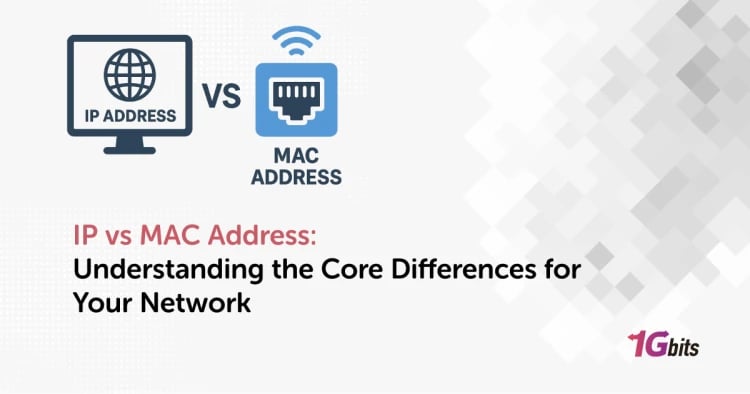The debate of the decade: SSD vs HDD. Both SSD (solid-state drive) and HDD (hard disk drive) are the most popular data storage options. Although cloud storage is on the rise, it still has a long distance for covering to give a run for money to these two. Both SSDs and HDDs are different in their physical specifications and how each of them stores and processes data. Being significantly different from one another, both - solid-state drives and hard disk drives - have distinct advantages and disadvantages over one another.
The decision about which is better, SSD or HDD depends mainly on how you use your system and the purpose for which you require storage. Personal preferences might also play a role. So in this guide, we will describe the complete information of SSD and HDD with their brief comparison.
What is HDD?
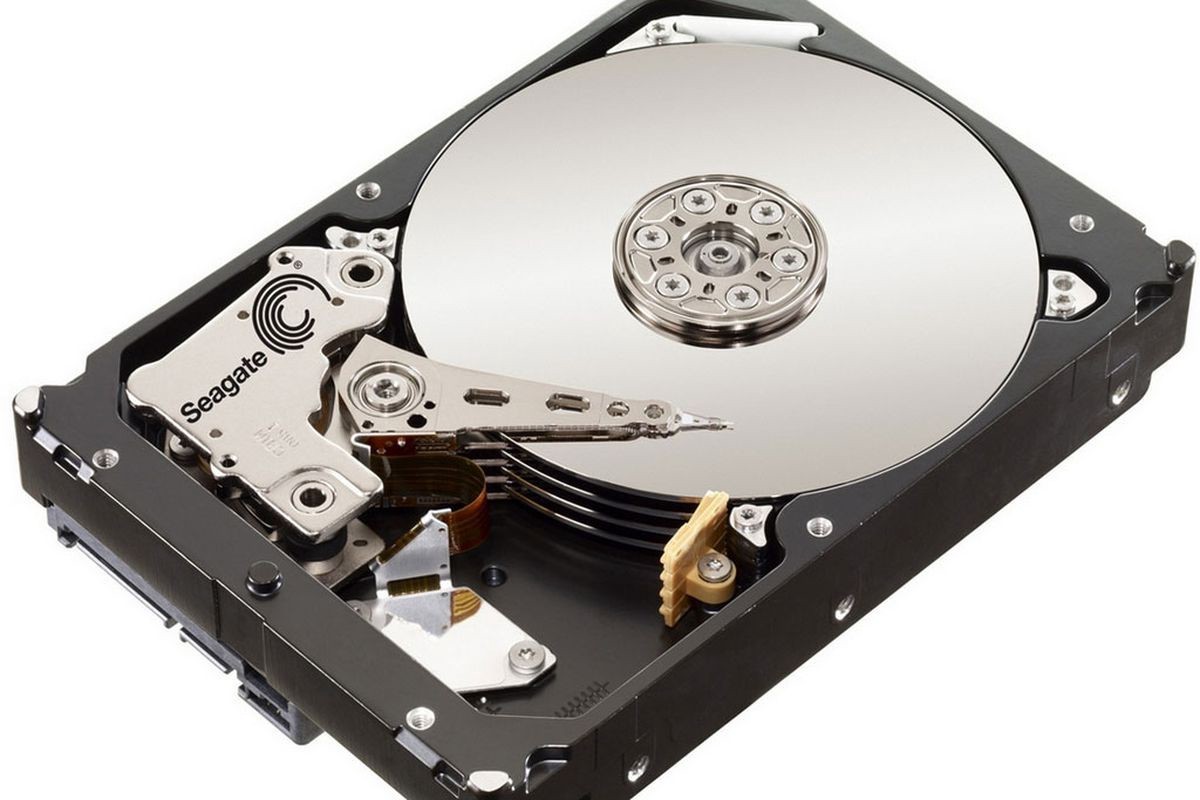
Hard Disk Drives or HDDs have been around for 50+ years now. These storage devices have cut the chunkiness throughout their lifespan and added to the maximum storage capacity at a gradual pace. HDDs have emerged as one of the most stable and mainstream forms of data storage.
Working Process of HDD
Hard disk drives store data in the form of magnetic fields. For reading and writing data, HDDs leverage spinning disks called platters. A typical HDD has:
- An actuator arm with a read/write head for every platter.
- One or more magnetically sensitive platters.
- A motor for spinning the platters and moving the actuator arm.
In addition to these hardware components, a hard disk drive also comes with an I/O controller. Some firmware serves as the software component for the HDD. The I/O controller paired with the firmware makes communication between the HDD and the system - CPU - possible. This concludes how the hardware operates.
Each platter of the HDD corresponds to concentric circles dubbed tracks. Each track is divided into logical units known as sectors. A combination of a specific track and sector provides a unique address to store, locate, and organize data. Usually, the hard disk drive writes data to the nearest available area. An algorithm is put in place that processes the data before writing it. This is done primarily to allow the firmware to detect and correct errors if it finds any.
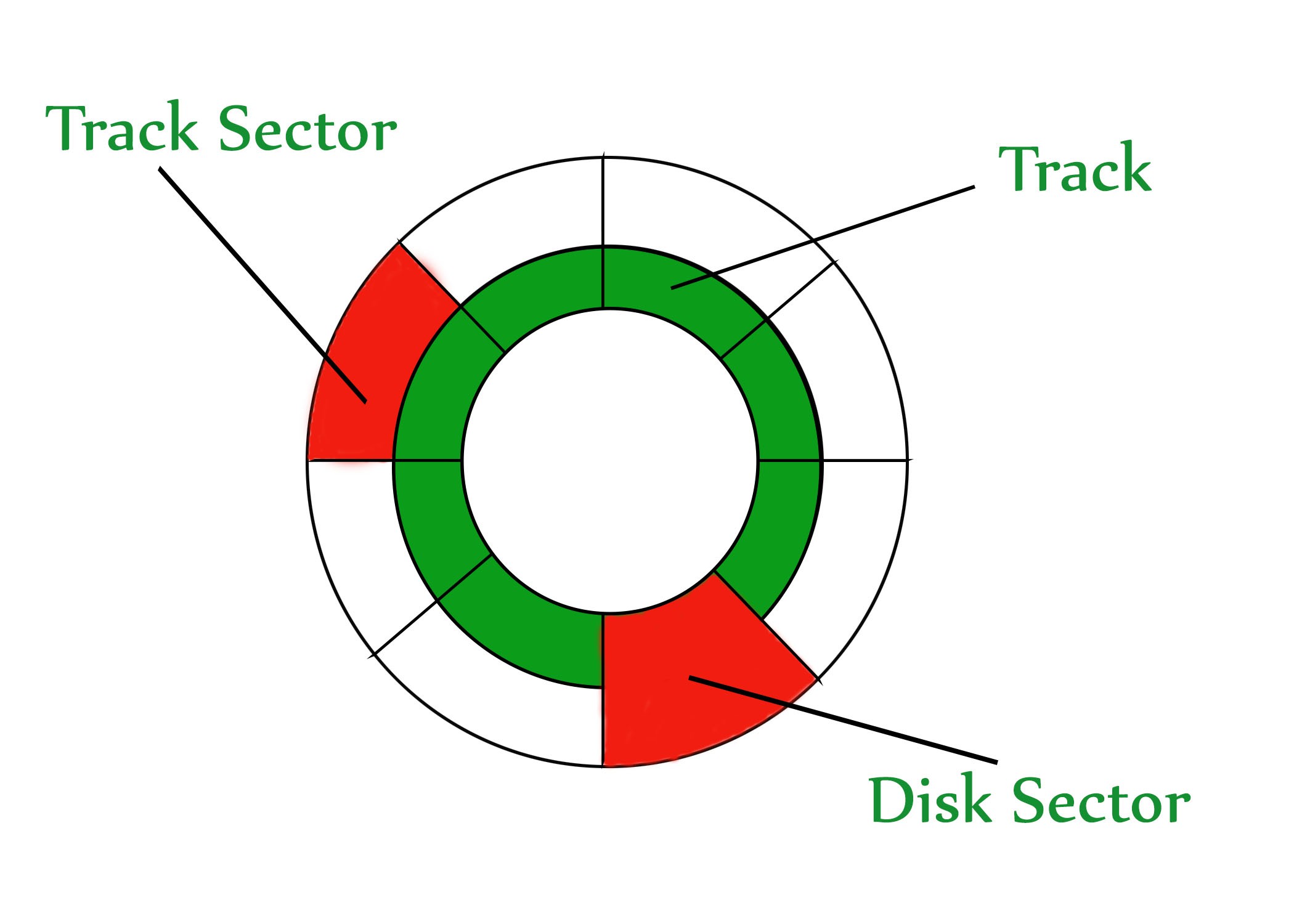
The speed at which the platters spin is predetermined, and it varies depending on the HDD manufacturer and the device model. For HDDs corresponding to home desktops, it is anywhere between 4200 RPM to 7200 RPM. It directly corresponds to read/write rates, i.e., the more the preset speed, the faster the read/write rate.
As soon as a user gives the command to read data from an HDD, the I/O controller tells the whereabouts of the same to the actuator arm. The read/write head retrieves the data by reading the presence or absence of a charge in each provided address.
If the user commands to update the data, then the read/write head changes the charge on the concerning track and sector. Remember, the latency defines the time required by the platter to spin and the actuator arm to locate the desired track and sector.
Advantages and Disadvantages of HDD
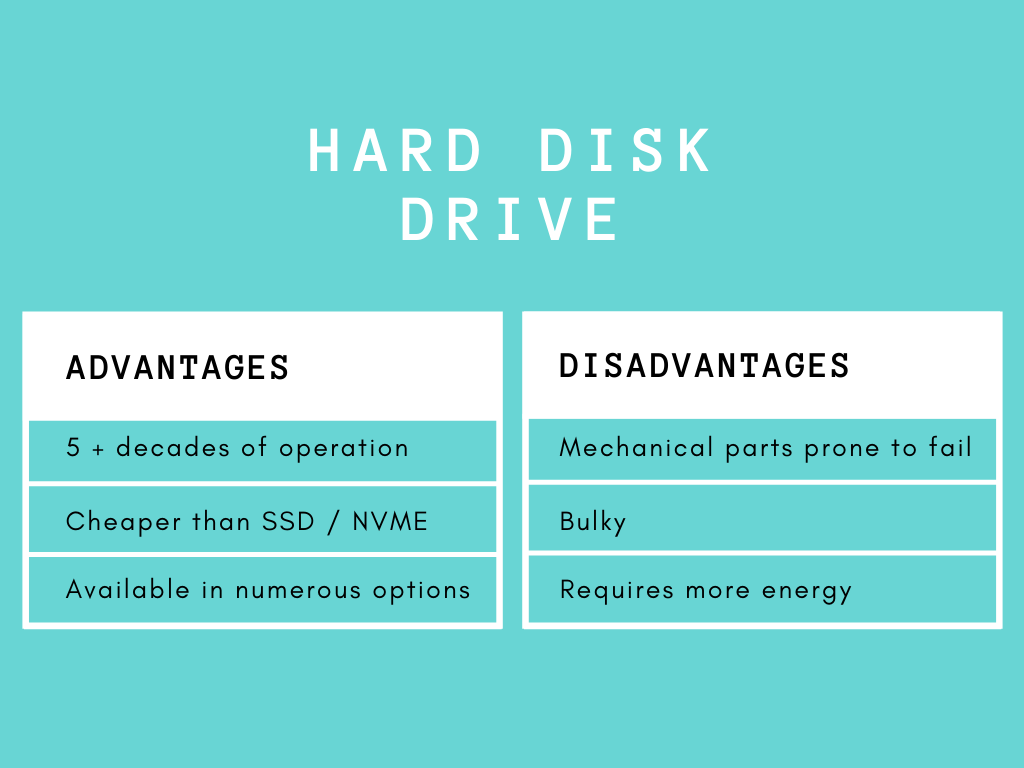
Advantages
- Tried-and-tested technology with 5+ decades of operations.
- Costs less than SSDs for the same amount of storage.
- Available in a range of shapes, sizes, form factors, and storage options.
Disadvantages
There are certain limitations of hard disk drives, mostly due to the reliance on mechanical parts - like actuator arm and read/write head - for reading and writing data. These are summed up as follows:
- Mechanical parts are prone to damage if handled poorly. They might even miss read the data or fail in the worst cases.
- Chunkiness is also a major concern. Although the latest HDDs are less bulky than their older counterparts, they are still bulky.
- Requires more energy to operate as compared to SSDs.
What is SSD?
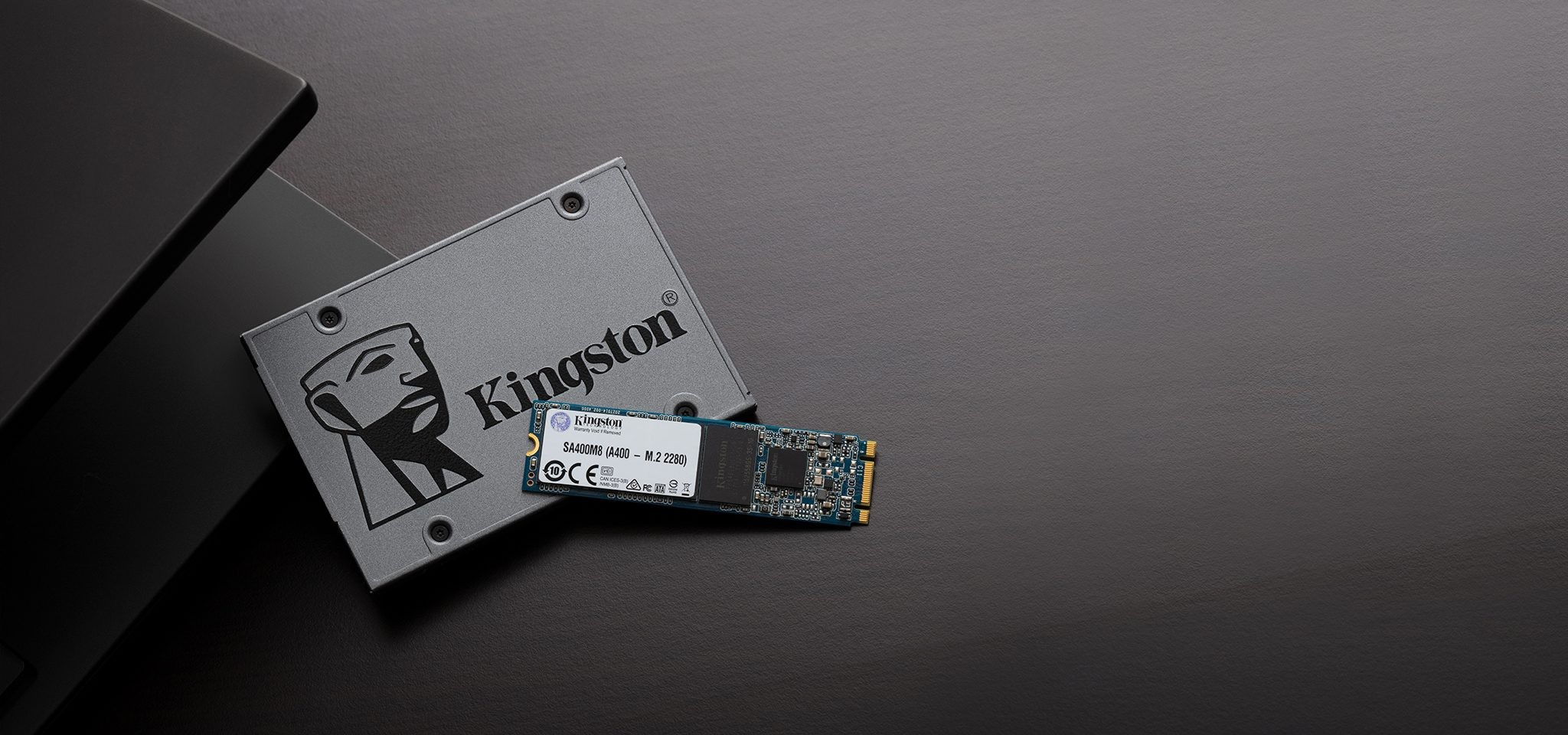
Solid State Drives leverage a type of flash memory, NAND logic - the same that is used for USB drives, for fulfilling data storage needs and performing read, write, and update operations on the data.
Unlike HDDs with many mechanical parts (like magnetic heads and spinning platters), SSDs are free from all of them. Thus, they are more durable and require less energy for their operation. To understand SSDs completely, we need first to understand the working of the NAND briefly.
For those looking to make an informed decision about purchasing an SSD, our NVMe SSD Buying Guide offers valuable insights into choosing the right SSD for your needs.
Working Process of SSD
A NAND flash is made up of several floating gate transistors. At the basic level, floating gate transistors record the presence or absence of a charge for storing data. These gates follow a grid pattern that is further organized into a block, which can be of variable size. An SSD has multiple blocks. Each row forming the grid is dubbed a page.
An SSD controller is included for maintaining a track of the data and managing a lot of other aspects, like executing firmware-level software. Whenever a retrieve or update data command is made, the SSD controller looks for the desired data at the related address and reads the charge status.
Updating data is a complex process in solid-state drives as the entire data in a block, where the change needs to be made, must be refreshed.
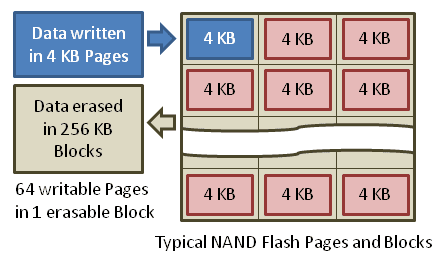
For doing so, the data on the concerned block is first copied to a different block. After that, the target block is erased. Next, the entire data is rewritten to a new block with the required changes.
When an SSD is idle, garbage collection comes into play. This is a built-in process that ensures that the block whose information was updated is thoroughly erased. It ensures that the block is now available for writing data once again.
An important process of SSDs that one must be aware of is TRIM (known as UNMAP in the SCSI command set). It informs the SSD that it can skip rewriting some data while erasing data on a block. This is an important process as it prevents an SSD from premature wear as the number of times that a block can be rewritten is limited.
Another important process about SSDs is wear levelling. This algorithm ensures that each block of the SSD drive gets an equal number of reading/writing processes. It is an automatic process. For a deeper understanding of the advantages and differences between NVMe and SSD technologies, check out our detailed comparison in the article on NVMe vs SSD.
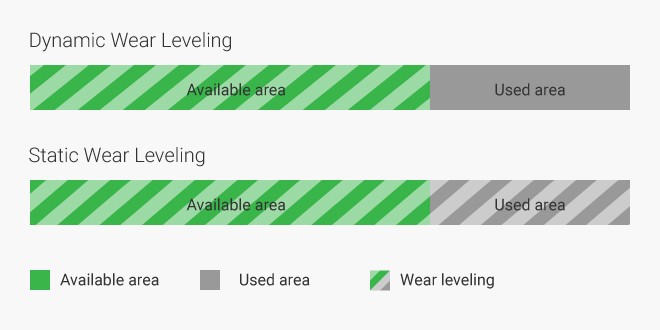
Advantages and Disadvantages of SSD
Advantages
- Deliver faster loading speeds and data transfer speeds for applications, games, and movies.
- Smaller in size compared to HDDs. Not bulky.
- Low-energy consumption.
Disadvantages
- Newer technology.
- Expensive option as compared to HDDs.
- Large-capacity SDDs are rare.
Difference Between SSD and HDD (SSD vs hard drive)
Now we know the basics of HDD and SSD, it is time to compare them. A summary of the SSD and HDD differences are explained as follows:
- Cost - HDDs are sometimes much less expensive than SSDs. To give you an idea:
- A Western Digital 240GB 2.5-inch SATA III Internal SSD costs around $34.5.
- A 250GB, Internal HDD from Western Digital costs only $25.8.
- A 320GB SATA 3.5-inch HDD for desktop costs merely $13.5.
- Durability and Reliability - While HDDs have mechanical parts in place, SSD does not. This is a crucial factor in determining the durability and reliability as mechanical parts, especially those moving and spinning, are prone to damages and failures.
- Energy Usage - One of the main reasons for preferring SSDs over HDDs is power consumption. SSDs require much less energy than their counterpart.
- Maximum Storage Capacity - One section that HDDs win over SSDs is maximum storage for the time being. While consumer SSDs (general) max out at a 2 TB, consumer HDDs (general) can be as big as 18 TB.
- SSD vs HDD Speed - Solid-state drives easily outperform hard disk drives in terms of data transfer speeds. Hard disk drives have data transfer speeds ranging between 0.1 to 1.7 MB/s. This is close to nothing when compared with 50 to 250 MB/s speeds delivered by SSDs.
Solid state drive vs hard drive Comparison Table
|
Parameter |
HDDs |
SSDs |
|
Cost |
Cheaper |
Expensive |
|
Durability and Reliability |
Less |
More |
|
Energy Usage |
High |
Low |
|
Maximum Storage Capacity |
8TB (typical) |
2TB (typical) |
|
Speed |
0.1 to 1.7 MB/s |
50 to 250 MB/s |
|
First Appeared In |
1957 (IBM 350 disk storage unit) |
1978 (StorageTek STC 4305) 1987 (the first flash-based SSD commercialized by Toshiba) |
Conclusion
Is SSD better than HDD? Both hard disk drives and solid-state drives are commonly used for efficient data storage in modern computing systems. While HDDs are often preferred for built-in storage due to their larger capacity and lower cost, SSDs excel in speed and energy efficiency, making them ideal for high-performance needs.
Choosing between SSD and HDD depends on your specific requirements. If energy consumption and data transfer speed are critical, then SSD is the superior choice. However, if you're looking for cost-effective solutions with larger storage capacity, HDD is the better option. At 1Gbits, we offer SSD VPS solutions that provide the speed and reliability of SSD storage, along with dedicated servers that support both SSD and HDD, allowing you to select the best option for your needs.
People also read:
